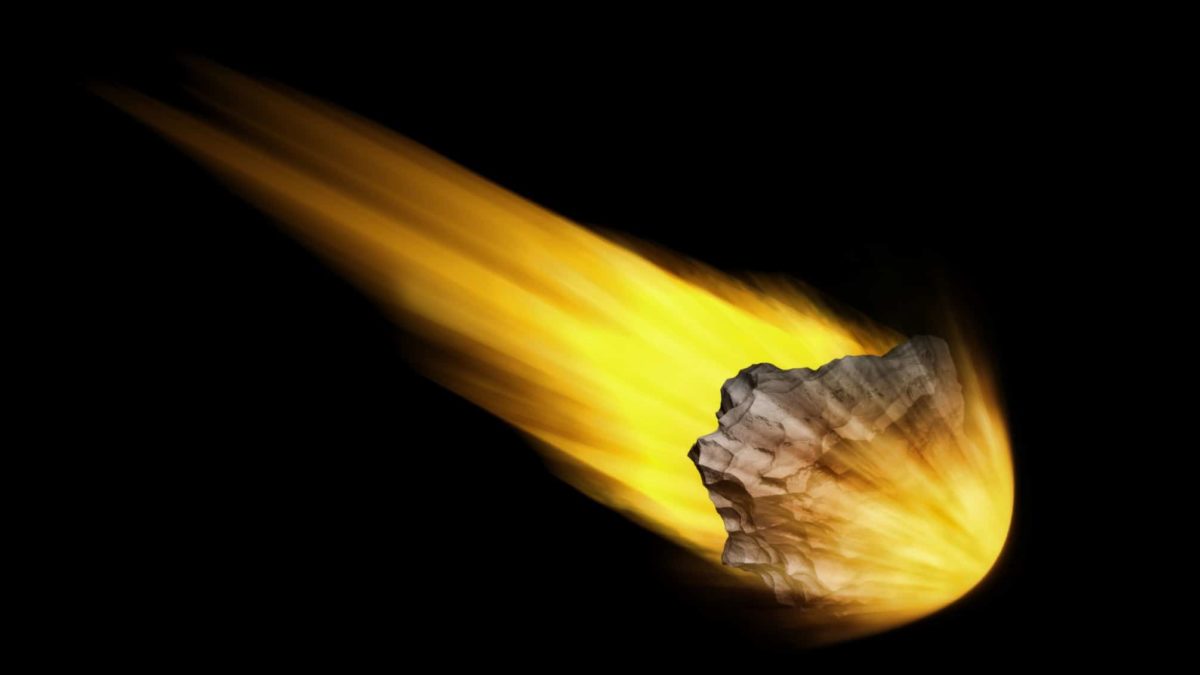The Fortescue Metals Group Limited (ASX: FMG) share price continues to crater, down 3.34% to a 10-month low of $17.95 on Tuesday.
Iron ore prices plunge to year-to-date lows
Investors are offloading the BHP Group Ltd (ASX: BHP), Rio Tinto Limited (ASX: RIO) and Fortescue shares on Tuesday following another pullback in iron ore prices overnight.
According to Fastmarkets MB, iron ore prices fell 8.8% overnight to US$132.38/t as a result of increasing government oversight on industrial production.
"Seaborne iron ore prices fell on Monday September 6, due to Chinese authorities taking a stricter stance against steelmakers on steel production curbs and the start of sintering restrictions," Fastmarkets reported.
In addition, China's most-traded iron ore futures on the Dalian Commodity Exchange for January delivery tumbled more than 6% on Monday to lows of 723.5 yuan per tonne, the lowest level in more than a year.
Where does the Fortescue share price go from here?
The Fortescue share price is well into negative year-to-date territory, down 27.4% in 2021. It is up just 0.67% in the past 12-months.
Today's 10-month low is broadly in line with iron ore spot prices coming back to December 2020 levels and futures prices hitting 12-month lows.
Iron ore prices will likely continue to dictate the Fortescue share price performance.
Unfortunately, recent economic data doesn't paint a very bullish narrative.
According to Reuters, China's factory activity contracted for the first time since April 2020 as COVID-19 restrictions, supply chain woes and higher raw material prices weighed on output.
From a supply side perspective, Mining.com reported that ratings agency, Fitch Solutions, forecasts a jump in global iron ore production in the coming years.
"Global iron ore production growth will accelerate in the coming years, bringing an end to the stagnation that has persisted since iron ore prices hit a decade-low average of US$55.0/tonne in 2015."
Fitch forecasts "global mine output growth to average 3.6% over 2021-2025 compared to -2.3% over the previous five years. This would lift annual production by 571mn tonnes in 2025 compared to 2020 levels, roughly the equivalent of India and Brazil's combined 2020 output."








